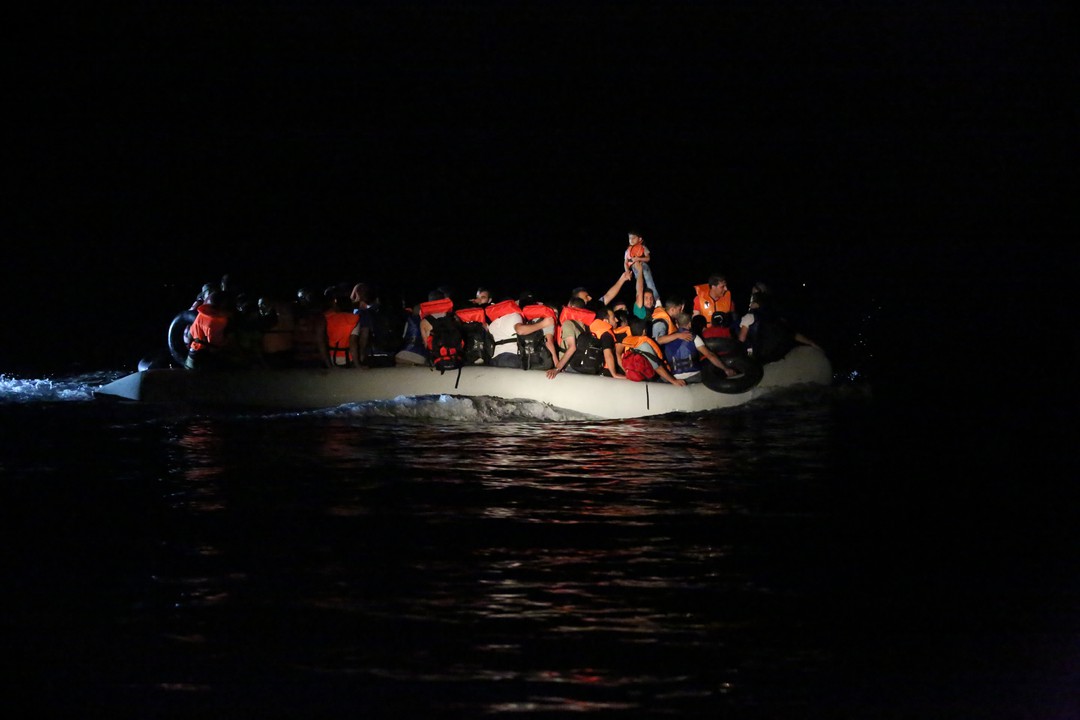The two options of the Ashton report on the European HQ
(B2, exclusive) Faced with the shortcomings noted in the conduct of military operations, the report presented by the High Representative of the EU for Foreign Affairs on CSDP presents two options.
Deficiencies noted
In the past, several deficiencies have been noted, the report points out:
- the discontinuity of the planning process between the military level and the political level, a process interrupted by the establishment of a military operational headquarters (OHQ) on an ad hoc basis, which entails a loss of time, expertise and continuity of action;
- the existing gap between the military OHQ and following the best practices and CSDP structures based in Brussels, which hampers efficiency and coherence in the planning and conduct of EU military operations;
- the obstacles to the construction of a common culture and thought in the OHQs, due to the turnover of personnel and, to the fact, that the relationship between the military and the CSDP structures based in Brussels;
- insufficient interaction between civilians/military and civilians/civilians in the different stages of planning and conducting CSDP missions (this interaction only exists at the political-strategic level); civil planning capacity being insufficiently resourced at the level of the political-strategic structure;
- the absence of a permanent “military planning and conduct capability” at the same level as the civilian planning and conduct capability (CPCC) limits the possibilities of coordination, interaction and synergies at civil-military level.
Both working options
The first option was to establish a " operational planning military conduct capability » including all the required skills (from J1 to J9), which would complement the civil conduct and planning capability (CPCC). A real center of operations, equipped with all the necessary infrastructure, it could be co-located with other EU crisis management structures in order to allow interface and better coordination between the military and civilians, with political-political planning. strategic and intelligence analysis center of the EU (SitCen).
The second less ambitious option is to make better use of existing tools and structures.
(Nicolas Gros-Verheyde)
Original document (on B2 pro): download here

